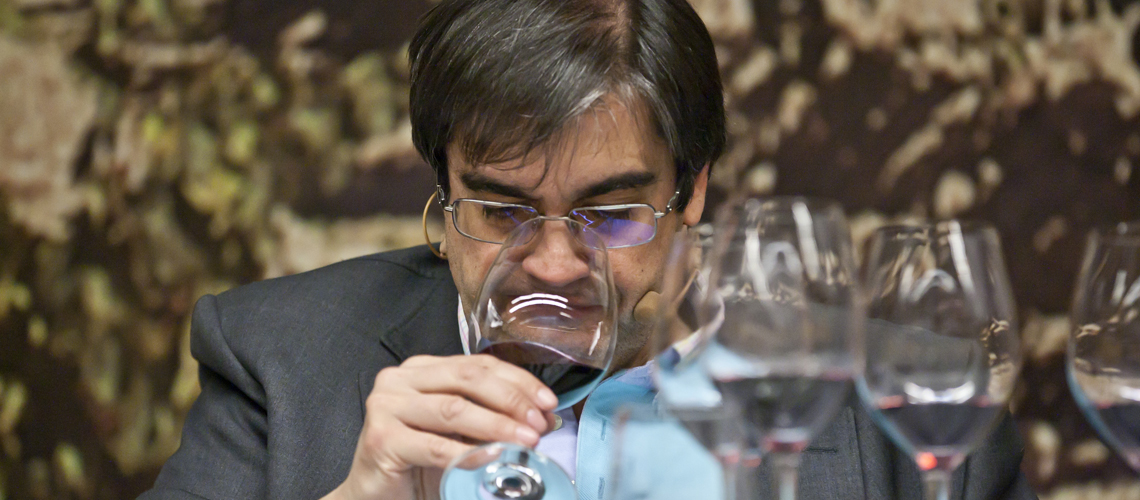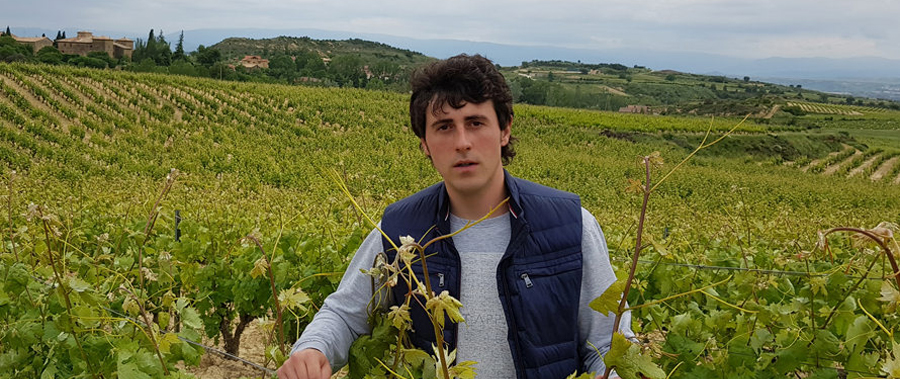
The Rioja region is finally starting to look at the source of its wines: at the vineyard
5 February, 2019
Bodegas Bagordi (Andosilla): between two rivers
5 February, 2019The new wines, featuring indications of the district, area and new category of singular vineyard, will be gradually released onto the market and we have asked two experts how it is possible to communicate the origin of a wine, its terroir, in the restaurant industry: in other words, how to reflect the new Rioja on a wine list.

Juancho Asenjo, master of ceremonies of the ‘Village Riojas’ wine tasting held last month, at which Bodegas Familiares communicated the direction which the changes that were unfolding in La Rioja were taking, believes that “the origin, the identity, the place where wine is born, is more important than the winery.” Chef Paniego explains how the wine list at El Portal de Echaurren, the two-starred Michelin restaurant in Ezcaray, talks about people and not denominations of origin. “All of the vine growers who make up the wine list at El Portal are organised in alphabetical order. It talks about the wine and the people who are heading up singular projects in certain regions. The wine list is entitled ‘Vine growers’ and we are now on the fifth edition,” he points out.
How do you achieve that balance on a wine list between wines which are classified by the time that they have spent in the winery and terroir wines? Juancho Asenjo, a member of the tasting panel at Mundovino.com, emphasises that “classifying wines by the time that they have spent in the barrel is a uniquely Spanish mistake which leads to a style of wine that is full of wood. The system of crianza, reserva and gran reserva is a ‘corpse’, which has no life left.” Paniego, meanwhile, explains how he organises different types of wine list, according to his culinary spaces. “We serve wine by the glass and offer wine pairing at all of our establishments.” Paniego does not believe in fashions, “but rather in integrity and in this respect it is important to bring the wine world closer to the diner, knowing how to transmit the passion for wine felt by vine growers.”
With regard to wine lists of the future, Chef Paniego is confident that “we will continue to talk about the vineyard, the villages in which these vines are rooted and, above all, about the people who make wine. For me, they are the genuine factors.” Juancho Asenjo warns that, “with the ongoing crisis and the lack of wine consumption, wine lists will be poorer and less varied. That said, there will be brave people who showcase the diversity of Spanish and international wines that are less well known. A vast minority, as Blas de Otero would say.” Asenjo understands that it is possible for “’franchises’ to coexist alongside a few traditional producers: ranging from industrial options which are known only for increasingly lower prices to those who are committed to varied wine lists with quality references and different prices.”
Where the changes in La Rioja are concerned, aimed at shaping a wine classification framework which recognises quality based on the vineyard, Juancho Asenjo believes that “the time for reform is over, now it is time for revolution so as to sell wine based on quality.” “The important thing,” he continues, “is to achieve a balance, because part of the sector is aiming high but those which aim low are stronger, those handling large volumes.”
In this respect, Chef Paniego understands that “it is necessary to be fair and distinguish between large companies producing low-cost wines and those which produce quality on a far smaller scale.” In his opinion, “ideally there would be new ways of identifying these wines which come from unique estates,” although he warns that “it won’t be easy but the future of La Rioja depends on giving value to those who produce wine traditionally from good vineyards and continuing to promote the La Rioja brand through large wineries as well, a model in which everyone has the chance to continue progressing.”


